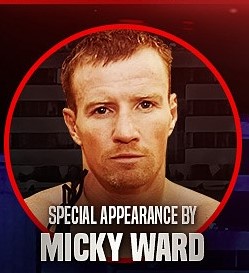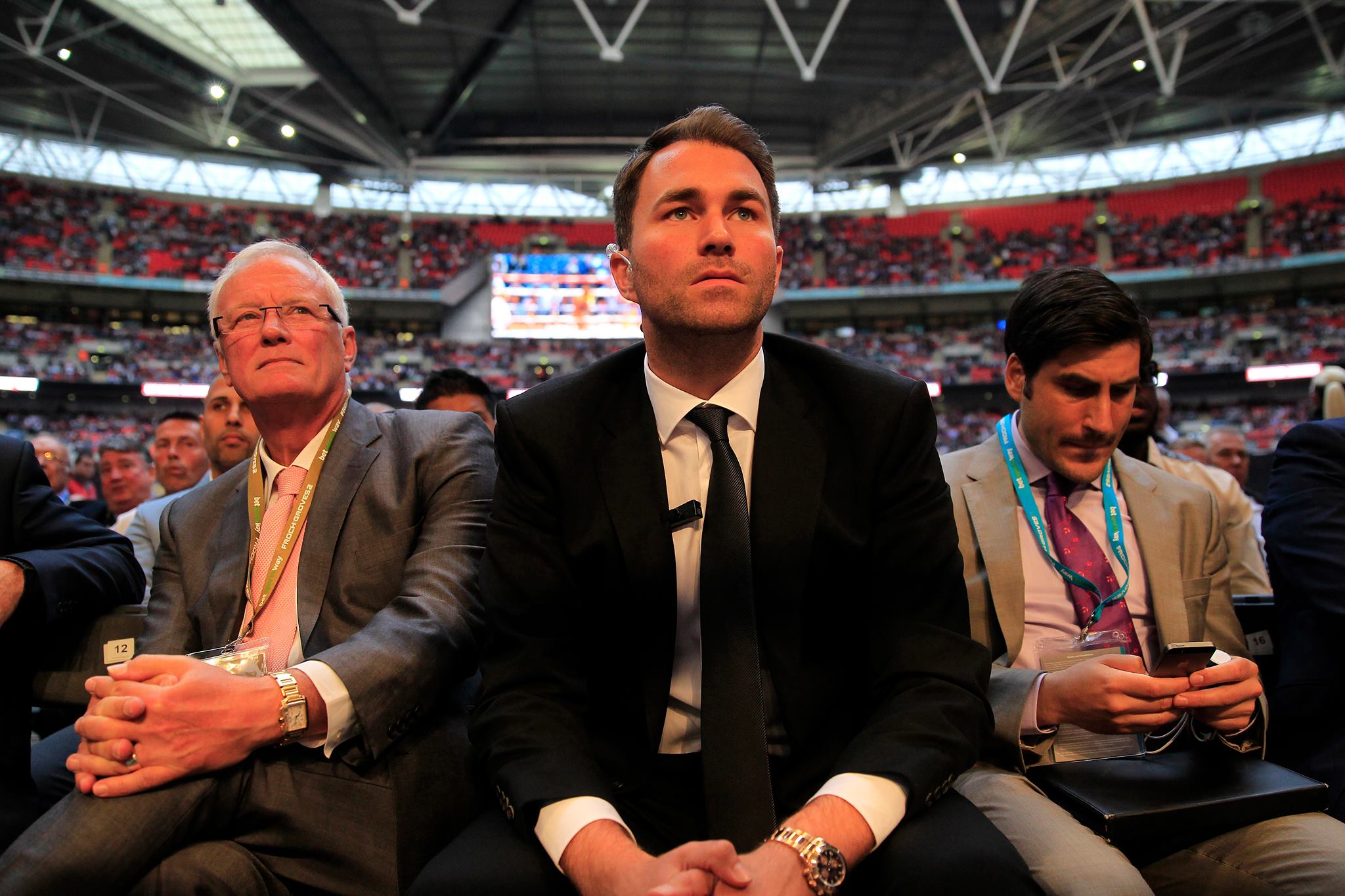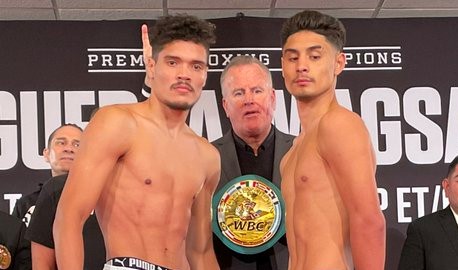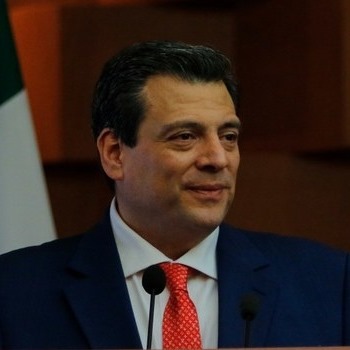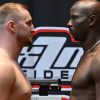Everything about the Ultimate Fighting Championship was so new at the outset that they could hardly be blamed for making a few rules up on the fly. For example, the original idea had been for the UFC to be a 16-man tournament, with $100,000 going to the winner. But the desire to lower the risk and concerns about being able to recruit enough fighters into the field reduced the roster to eight competitors vying for the $50,000 first prize.
That is not to say some of the fighters were coming to Denver to compete just for the prize money. Actually, they all got a minimum of $1000 just for showing up, but some wanted and got more. For example, Teila Tuli, the sumo wrestler who might not have thought he had much of a chance, received $5000, while Art Jimmerson, the professional boxer, got the astounding total of $20,000. Of course, Jimmerson wasn’t stupid; he had been weaned on dealings with some of the shadier elements in boxing, so he was somewhat experienced in the art of leverage and the art of negotiation, if not thoroughly versed in the martial arts. It is not clear as to whether the other contestants were aware at the time of who was getting something extra.
What would the rules be? Well, the ideal was to have “no rules,” and that was part of the appeal, but of course there had to be some limitations. It was agreed that there would be no eye gouging, no biting and no kicks or punches directly to the groin. This would seem to make it look somewhat civilized, although there were actually a few mild protests over the groin attacks, since some of it was indeed allowed in Thai boxing.
What would the fighters wear on their hands? Well, this was an interesting question, since in the kind of competitions that people were used to seeing up to this time – boxing and kick boxing – gloves were the norm. However, karate experts did not wear gloves during competition, and Royce Gracie certainly didn’t. Finally, it was decided that if the fighter’s discipline entailed bare-knuckles, they could go that route. But if the competitor’s sport involved strikes to the head with a closed fist, they would wear gloves. Of course, none of this, one supposes, would prevent someone like Gracie from hitting his opponent to the head with a bare fist, but at this point everyone was playing it by ear.
Either way, there were no hand wraps allowed to the bare-knuckled fighters, which was a judgment call but perhaps wise, because hand wraps could be manipulated in certain ways, and without a boxing commission around to check the hand wraps, anything could happen.
Fights were scheduled for five rounds of five minutes apiece, but not many people thought the fights would get that far.
Right again.
Fighters Not Easy to Find for UFC 1
The first Ultimate Fighting Championship was set for November 12, 1993. And now that they had a date, they needed competitors for the event. One might think that with $50,000 going to the winner, especially for an activity that was not normally associated with big prize money, that would have been an easy task. Such was not the case.
What Art Davie perhaps did not bank on was the fact that martial artists did not necessarily think of themselves as being engaged in a “sport,” but instead a discipline, and not one that was used to facilitate any kind of competition, but as a component to a lifestyle. After all, it was the art of self-defense, not offense. it was not about being aggressive, but being defensive, disciplined, proud. Sure, some of the martial arts practitioners made a living as teachers; in fact, most of them did. But that was the by-product of a passion, and not the chase for the almighty dollar. For some, the whole thing was not that much of a commercial endeavor.
But Davie saw past that, as did his partner in W.O.W. Productions, Rorion Gracie. He knew that once the Ultimate Fighting Championship was exposed to the public and began to take hold, the exposure would be beneficial to the world of martial arts – not just beneficial to Gracie’s Brazilian ju-jitsu culture – and that it would have its effect across the board. There would be viewers who were strictly spectators, without question, but some of them were going to want to be participants, which in turn meant they were going to be customers. Davie, as it turned out, had an unusual amount of insight.
He started to place ads in martial arts magazines. Some of the publications understood what he was trying to accomplish, some of them didn’t. Some of the prospective competitors “got it” and some didn’t. Davie did not meet with immediate success in his recruiting efforts. But he was dogged, sending letters and engaging in other forms of correspondence with just about every recognized martial arts expert he could find.
There are theories as to why some of them didn’t want to be involved, aside from the aforementioned reasons. One of them is that what they were teaching to students, though physical in nature, was still somewhat theoretical, and that when placed into a setting where it was part of a competitive atmosphere, such a thing would be exposed. In other words, they could teach, but maybe they could not “do.” So he had that to deal with. Still, he recognized the light at the end of the tunnel.
Of course, it can be argued that Rorion Gracie saw this all along. He had seen his father and uncle competing for years, so this idea was none too unusual for him. And he had seen the Gracie brand of ju-jitsu in action, so there was an awful lot of confidence on his part regarding what the eventual outcome of the UFC would be.
In the end, both Rorion and Art Davie would turn out to be quite prescient.
The UFC’s “Original Eight”
Although it was not easy, applicants for the Ultimate Fighting Championship began to trickle in. They were pioneers, for sure, and brave to an extent, since no one really knew what was going to happen once all these martial arts disciplines collided.
One of the slots was going to be filled by a member of the Gracie family, but even that wasn’t easy. The original Gracie representative was slated to be Rickson Gracie, one of Rorion’s younger brothers. But there was a business disagreement within the family; one which led to Rickson breaking away and going off on his own. Needless to say, he was out of the maiden voyage of the Ultimate Fighting Championship. In is place, Rorion called on another of his younger brothers, Royce, to carry the family colors into the “octagon.”
The event was going to be an eight-man, one-night tournament, with matchups to be determined. Davie sought to put together an eclectic group of individuals to fill out the other seven spots in the competition.
One of those was a huge American who did not know karate, as far as anyone could tell, but was a member of the Japanese Sumo Wrestling Association. Telia Tuli stood 6′2″ and weighed all of 410 pounds, and he provided an interesting visual to the lineup; the “freak show” element, if you will. When promoting a brand new event, the promoters needed every edge they could get their hands on.
Gerard Gordeau, a lean, mean 6′5″ Dutch bruiser, had kicked around the martial arts for many years. He was recognized as a world champion in the “savate” form of karate, and sort of looked like a merchant seaman who was ready, willing and able to beat the hell out of people on the docks in his spare time.
Zane Frasier was a proponent of kenpo karate, and one of three African-Americans in the tournament field. He impressed Davie and Rorion Gracie by the way he whipped up on Frand Dix (of “Bloodsport” fame) in one encounter. Another was Patrick Smith, a veteran of kick boxing and point karate who once knocked out an opponent in five seconds with a spinning back kick. He had also boxed a few times professionally. Smith’s game was predicated on pure power.
A “real” boxer was also named to the field. Art Jimmerson was actually somewhat accomplished, with a record of 28-5 and a top ten cruiserweight ranking from at least one sanctioning organization. He was no “babe in the woods” when it came to martial arts either, having once been beaten up pretty badly by kick boxing champ Don “The Dragon” Wilson in what was billed an “exhibition” in Florida.
Finally, there was the man who would end up having a more enduring legacy than any of the original Seven Other Than Gracie. Ken Shamrock was a grappling specialist, a shootfighter who had also been involved with a couple of pro wrestling organizations in the United States. He had competed in a number of Toughman contests in his native California, so it is safe to say that he had a well-rounded background. Experienced in ground fighting, he posed a potential problem for Royce Gracie in that regard, perhaps more than anyone else in the field.
And so the UFC was on its way………

